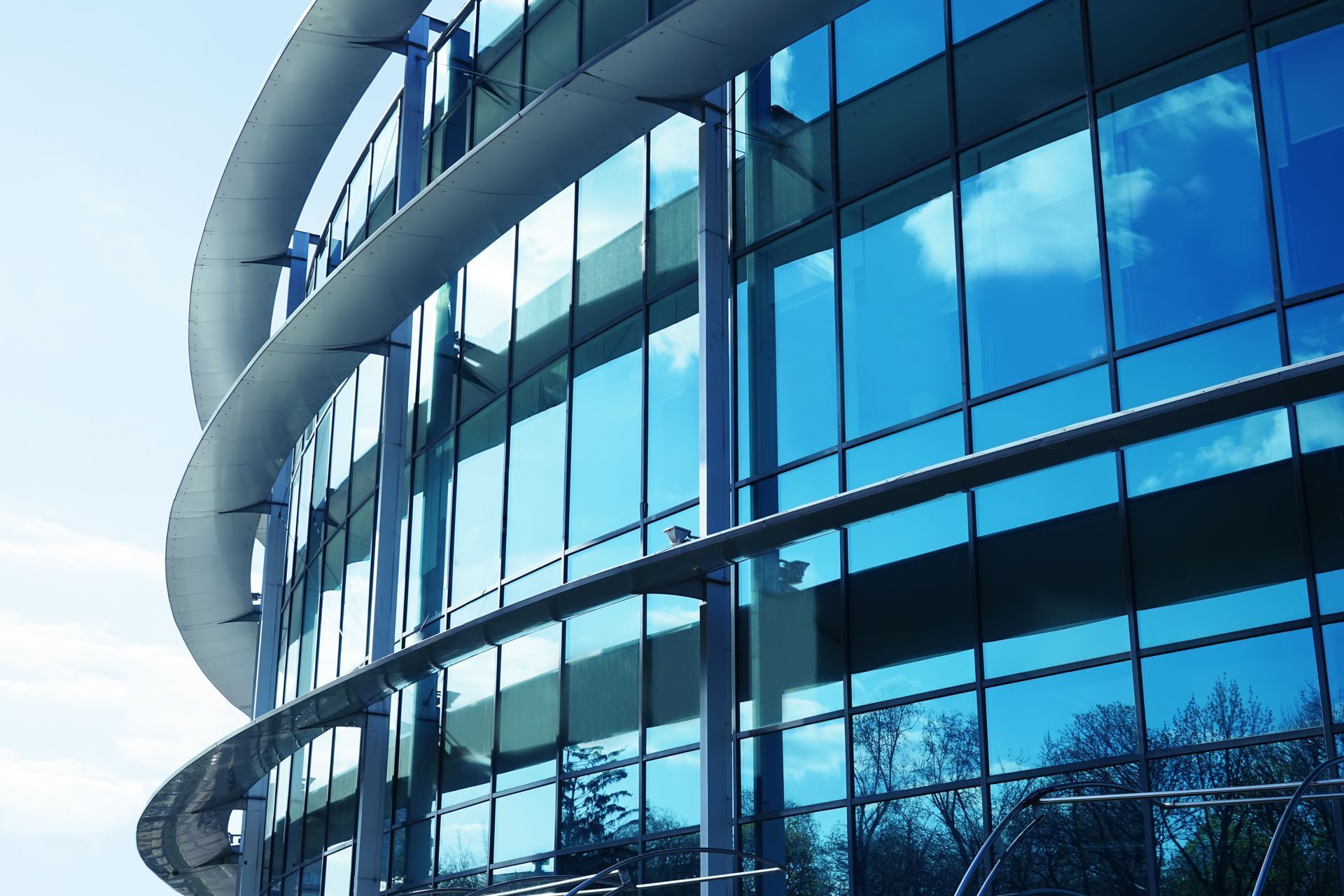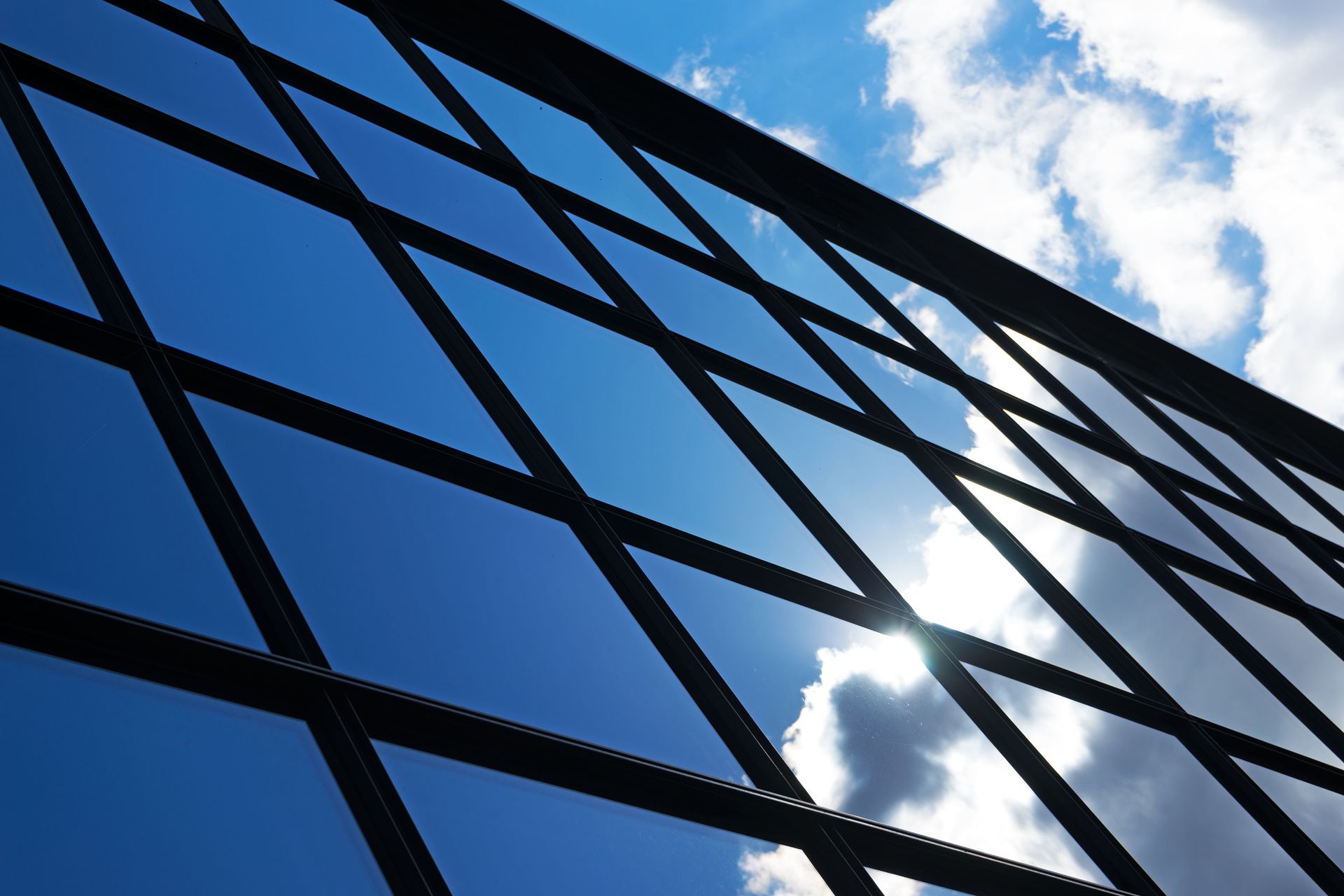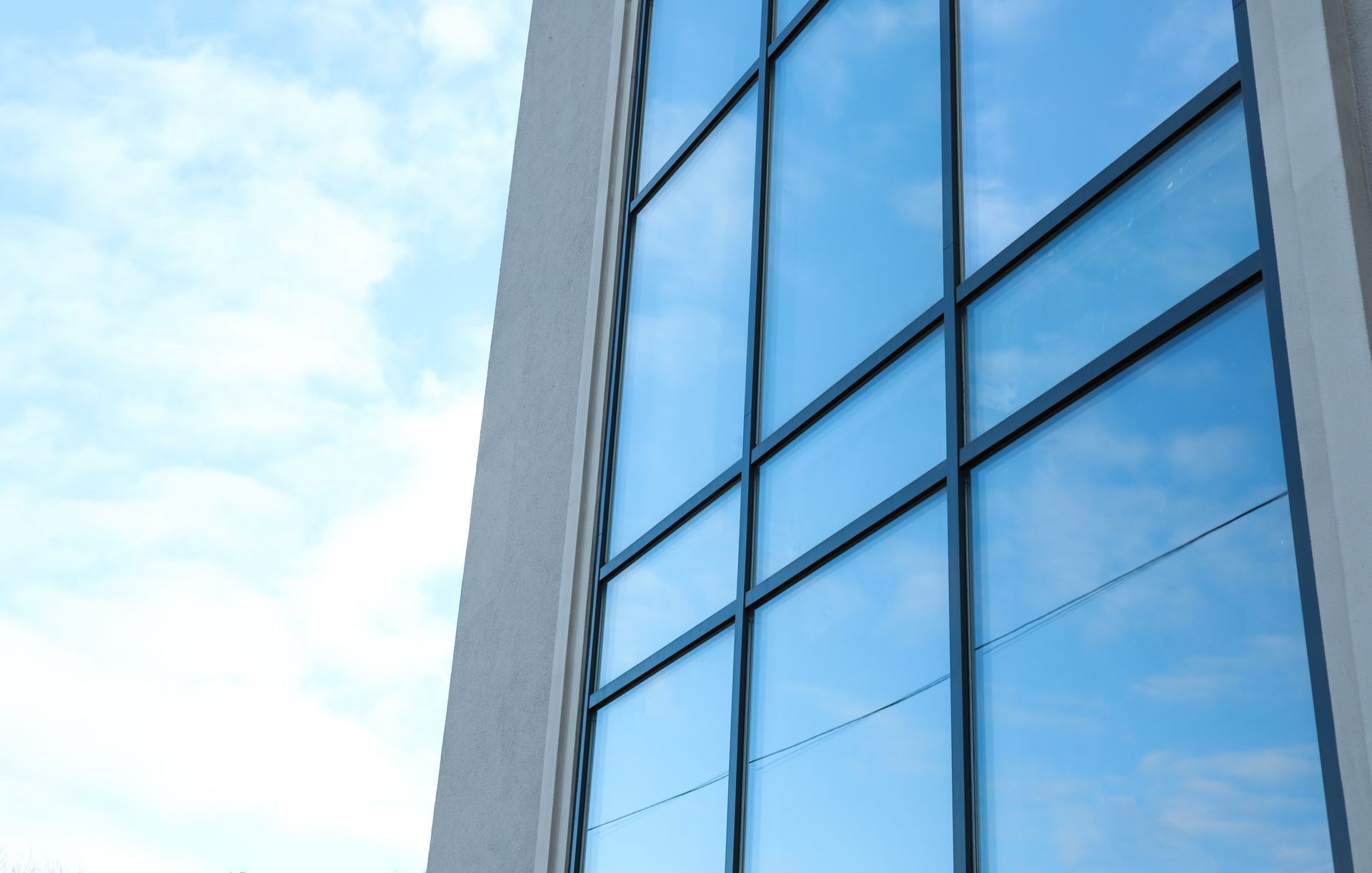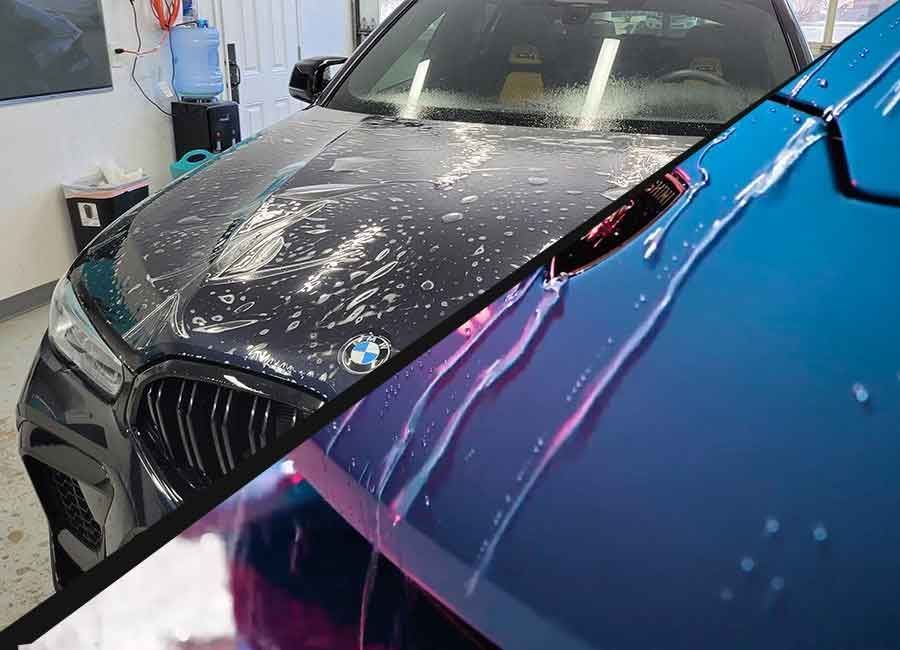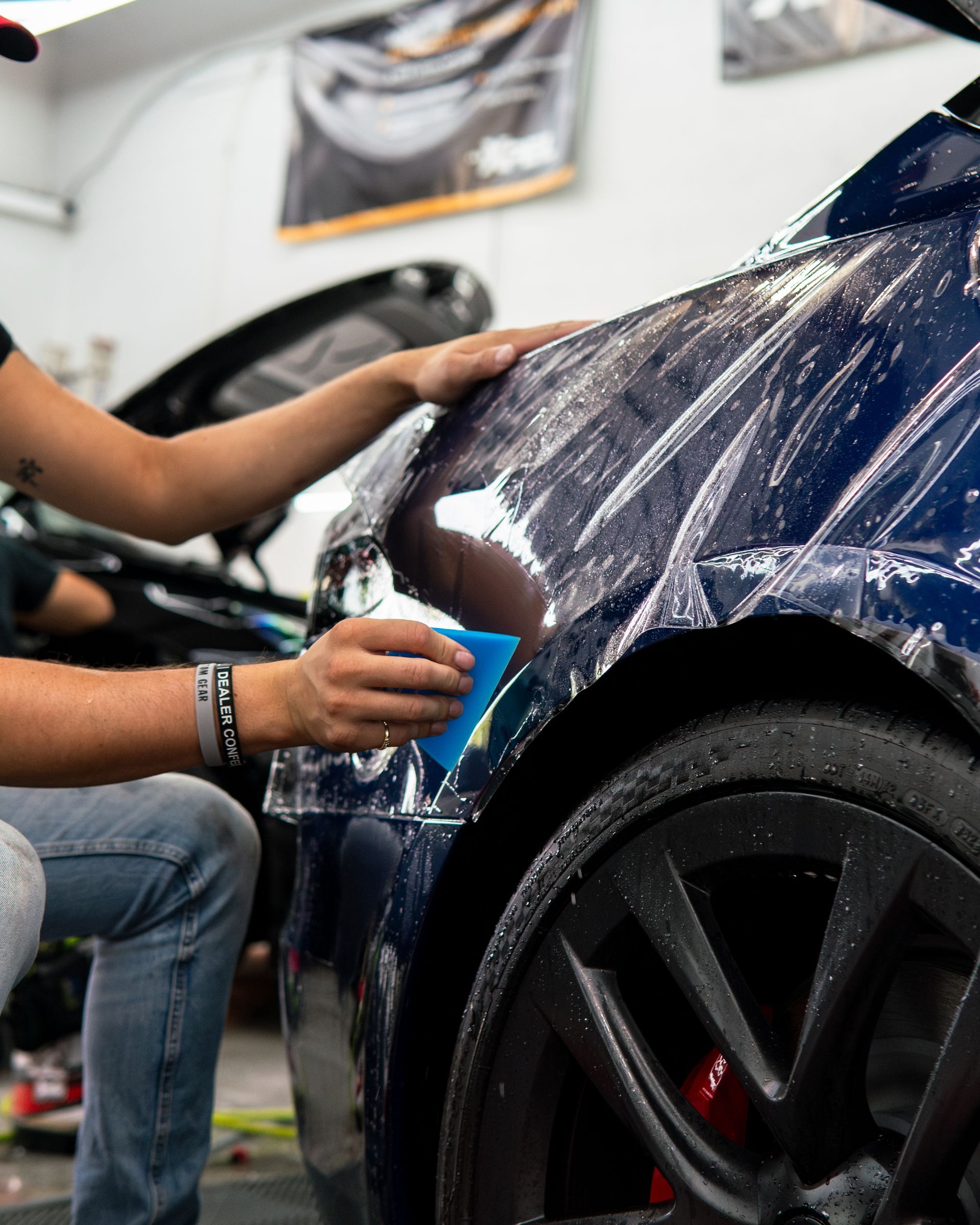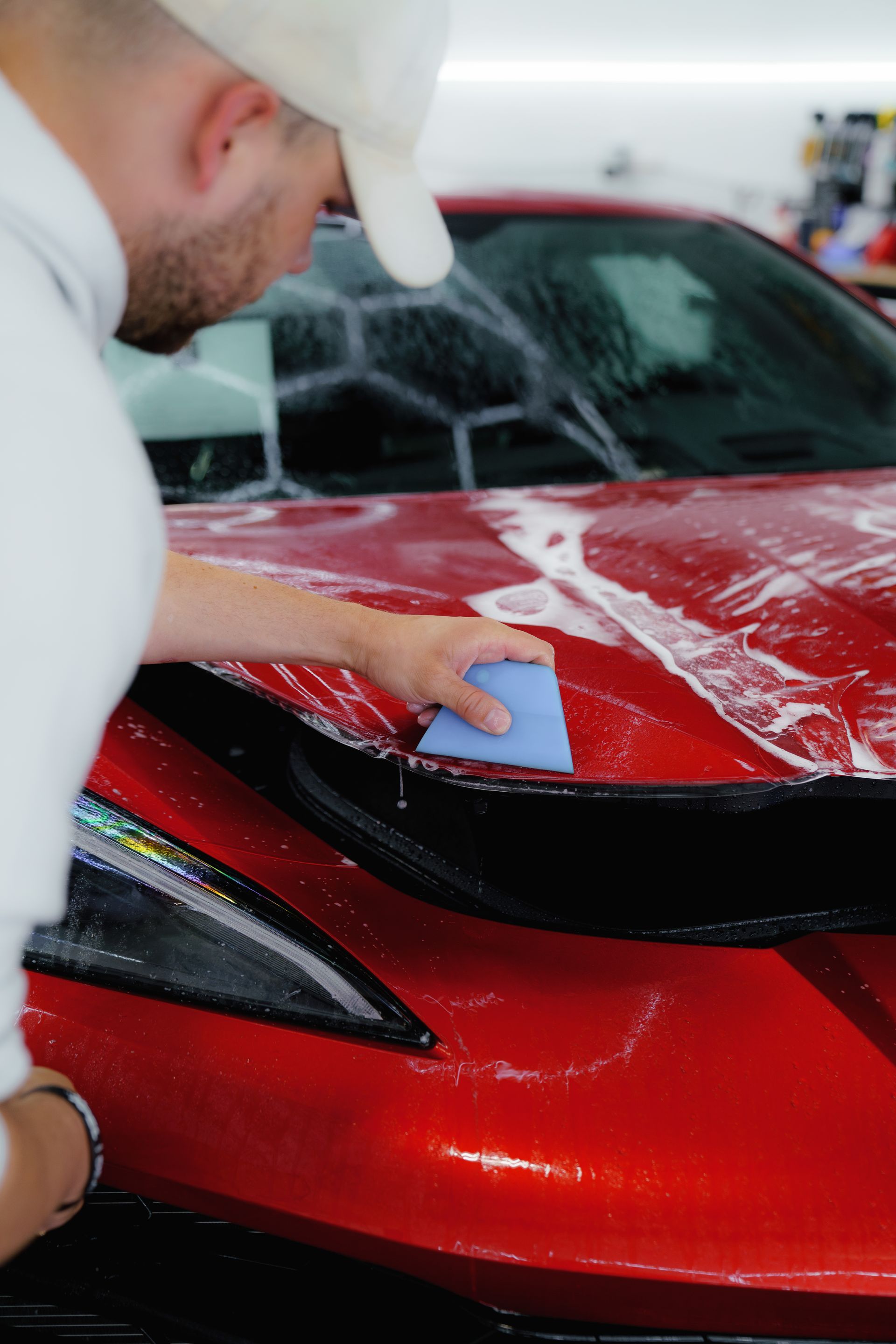Identifying your business's specific needs for window tinting is a paramount first step. Certain tints offer unique benefits such as reducing glare, increasing privacy, or assisting with temperature control—all important factors depending on your unique needs. Moreover, the quality of the tint you choose can greatly influence your energy efficiency and, in the long run, your operational expenses. So unexpected cost savings can come from high-quality, energy-efficient tints. Let's dive deeper into understanding your specific requirements.
When choosing commercial window tint, it is important to consider factors such as the purpose of the tint (privacy, visibility, heat control), market research on reputable companies, proper licensing, and budget considerations. Additionally, understanding the percentage of light transmission and building relationships with property managers and architects can also be crucial in making an informed decision.
Identifying Your Business's Tinting Needs
The first step in choosing the right window tint for your commercial space is to analyze your specific requirements. What do you want the tint to accomplish? Are you mainly concerned about reducing glare so that screens are easier to see, or are you more interested in controlling the temperature inside your building? Maybe privacy and protection from sun damage are your primary concerns. Each of these considerations will lead to different types of window tints being more suitable than others.
- Privacy: If privacy is a top concern, especially for offices or conference rooms, you may want to consider a darker window tint with a lower Visible Light Transmission (VLT) percentage. This will help prevent outsiders from viewing sensitive material inside the building.
- Glare Reduction: For areas where computer screens or television displays are used regularly, a window tint with high glare reduction capabilities would be beneficial. This could significantly enhance the comfort and productivity of employees or customers by minimizing glare on screens and reducing eyestrain.
- Heat Control: If you're primarily focused on managing indoor temperatures and reducing energy costs, then a window tint with a lower solar heat gain coefficient can aid in blocking out heat from sunlight. This can result in a more comfortable work environment and decreased reliance on air conditioning systems.
- Sun Protection: In retail settings where merchandise is on display, protecting it from sun damage is crucial. Certain window tints' highly effective UV protection can help protect priceless items from fading or deterioration brought on by prolonged sunlight exposure. Maintaining the aesthetic appeal of your products is essential for customer satisfaction and repeat business.
Understanding these specific requirements will guide you towards selecting the most suitable type of window tint for your business. It's crucial to consider how different types of glass respond to various tints as well. Some glass types might require specific kinds of film to maximize their effectiveness.
Considering Tint Quality and Energy Efficiency
When it comes to commercial window tinting, it's not just about making the glass darker. It's about finding a solution that keeps your building cool while also being cost-effective. High-quality window tints are designed to reflect a significant portion of solar heat, preventing it from entering the building. This means that even on bright, sunny days, your space can stay cooler without relying solely on air conditioning. By reflecting heat, these tints help reduce the need for excessive air conditioning, which not only saves you money but also lowers your overall energy consumption, contributing to a more sustainable and environmentally friendly operation. Think of high-quality commercial window tints as an investment in long-term cost savings for your business. The initial cost may seem significant, but the ongoing energy savings make it a worthwhile choice in the long run.
While lower-quality tints may come at a reduced upfront cost, they often lack the energy-efficient properties of high-quality tints. In addition to keeping interior spaces cooler, energy-efficient tints can also protect upholstery and furniture from discoloration or fading caused by prolonged exposure to sunlight. This is particularly important for retail spaces, where maintaining the appearance of products and furnishings is crucial for the overall presentation of the business. Not all tints are created equal when it comes to energy efficiency. It's vital to consider the solar heat gain coefficient values of different window tint options. Lower values indicate better performance in blocking heat, according to the SHGC, which measures how well a product blocks heat from sunlight. Comparing this metric across different tints allows you to make an informed decision based on the specific needs of your commercial space.
Similarly, U-value ratings provide insight into the insulating properties of tints, indicating their effectiveness in both retaining heat during colder months and deflecting exterior heat during warmer seasons. A higher U-value suggests superior insulation properties, which can be beneficial for businesses operating in regions with varying climate conditions throughout the year. Additionally, visible light transmission (VLT) percentages play a role in balancing natural light provision within interiors and privacy requirements. Striking a balance between maximizing natural light exposure and minimizing glare or excessive brightness can significantly impact comfort and productivity within workspaces. Understanding both tint quality and energy efficiency provides you with the necessary knowledge to make informed decisions regarding your commercial window tint selection.
Assessing Privacy Measures and Light Regulation
When it comes to commercial spaces, privacy is a significant concern. You want your employees and guests to feel comfortable without feeling like they're on display. The right window tinting can help achieve this delicate balance by offering varying levels of privacy while maintaining visibility from the inside out. There are different tint shades that offer varying levels of privacy. For instance, some tints are designed to completely obscure interior views while still allowing clear visibility from the outside. This level of privacy can be crucial in offices, meeting rooms, or other areas where sensitive discussions take place. Conversely, in areas like lobbies or retail spaces, you might need tints that allow a greater degree of visibility while still providing some privacy and glare reduction.
For example, a law firm's conference room may require a higher level of privacy compared to the reception area or common workspaces. You'll want to choose a window tint that creates an atmosphere that ensures confidential discussions remain private without making the space feel dark or closed off. Indeed, one of the main purposes of window tinting is to control the natural light entering a space. Excessive sunlight can lead to discomfort for personnel and cause damage to interior furnishings over time. Therefore, it's important to choose tints that effectively regulate light to create a more conducive work environment without compromising on comfort or aesthetics.
Striking the Right Balance
The goal is not just to block out sunlight altogether but also to redirect it strategically. By choosing the appropriate tint shade and percentage, you can manage natural light to ensure it doesn't create harsh glares or hot spots within your commercial space. This regulation is essential for ensuring the comfort of your employees and visitors while also protecting your valuable interior investments. Different tints have unique capabilities when it comes to managing light levels. Some tints are specifically designed to reduce glare, making it easier for employees to work on computers or interact with screens without being affected by harsh sunlight. Others are effective in redirecting sunlight away from certain areas, preventing damage to furniture, flooring, and other interior elements from prolonged exposure.
Consider how retail stores utilize natural light to display products while simultaneously ensuring that customers are comfortable during their shopping experience. Window tints can provide both UV protection for merchandise and glare reduction for shoppers all at once. By carefully selecting window tints that offer the right balance between privacy and light regulation, you can create a workspace that not only enhances productivity and well-being but also protects your interior investments for years to come.
Unveiling Commercial Window Tint Aesthetics
When it comes to the exterior of your business, aesthetics play a crucial role. The right window tint can significantly enhance the appearance of your building, contributing to the overall branding and atmosphere you aim to achieve. Just as you carefully select interior decor to reflect your business identity, the exterior should also convey the same level of care and attention.
- Reflectivity Levels: Determine how much light the tint will reflect and absorb depending on its reflectivity levels. This impacts both the exterior appearance of your building and the interior comfort level for employees and customers. Higher reflectivity may give a sleek, modern mirrored appearance, while lower reflectivity offers a more subtle, natural look.
- Color Options: The color of the window tint is another aesthetic consideration to keep in mind. Some tints come in classic black shades, while others offer silver, bronze, or other color alternatives. The choice of color significantly impacts the overall look of your building and should align with your brand's visual identity and exterior design.
- Visible Light Transmission: Visible Light Transmission (VLT) percentages represent how much visible light can pass through the window tint. Higher VLT percentages allow more light to enter, giving off a brighter and more welcoming feel, whereas lower VLT percentages create a more private and intimate ambiance.
- UV Protection Ratings: UV protection ratings are essential for safeguarding interiors from harmful sun rays. Some tints offer up to 100% UV protection, ensuring that your furniture, goods, and employees are safe from potential harm from prolonged sun exposure.
- Aesthetic Impact on the Building Exterior: Choosing a particular window tint isn't just about functionality; it's an aesthetic decision that influences your building's external appearance. Each option creates a specific visual impact on your building's facade. By keeping these aesthetic factors in mind when selecting a commercial window tint, you can ensure that its installation not only meets functional needs but also contributes positively to your business's overall visual identity and branding.
Navigating Window Tint Installation
When it comes to choosing and installing window tints for your commercial space, proper installation is absolutely essential. Even the highest quality of window tint will fail to perform effectively if it is not installed correctly. This is where the expertise and experience of professional window tinting companies come into play. Their knowledge ensures that the tint is applied with precision, eliminating any errors that could compromise its durability and performance. Beyond just applying the tint, professional installation companies can advise on optimal placements and types of tints based on your specific business needs. For instance, they can provide insights into whether you need darker tints for privacy or lighter tints for heat control, as well as which areas of your building would benefit most from specialized tinting.
For example, imagine having an office space with large windows that face east, west, or south. These are the areas that are most prone to excessive sunlight exposure and overheating. A professional installer can recommend and apply high-performance tints in these areas to significantly reduce heat gain and thus minimize cooling costs. Similarly, ground-floor spaces with direct visibility from public areas might require privacy-enhancing tints to ensure confidentiality while maintaining an open-office feel. Professional installers are well-equipped with the knowledge to navigate these considerations and provide custom solutions.
In addition to expertise in the field, it's also important to ensure that your chosen window tinting company adheres to industry standards and safety regulations; this assures reliability and peace of mind when undertaking such important installations. Selecting the right commercial window tint involves more than just choosing a product; it requires careful consideration of your business needs and expert guidance for successful installation.
Top-Notch Commercial Window Tint Service in Malvern, PA
Elevate your business environment and enhance energy efficiency with Acap Films, the leading provider of top-notch commercial window tint services in Malvern, PA. Your workspace is a reflection of your brand, and Acap Films understands the importance of creating a comfortable and productive atmosphere. With our expert commercial window tinting services, you can strike the perfect balance between natural light, privacy, and energy savings. Acap Films employs state-of-the-art technology and premium materials to ensure a flawless and durable application tailored to meet the unique needs of your commercial space. Reduce glare, protect furnishings from harmful UV rays, and create a more inviting environment for clients and employees alike. Trust Acap Films for unparalleled expertise in commercial window tinting in Malvern, PA, and take the first step towards a more comfortable and energy-efficient workspace. Schedule your consultation today or call our experts at
(484) 241-2038 and let your business shine with Acap Films' top-notch services!

